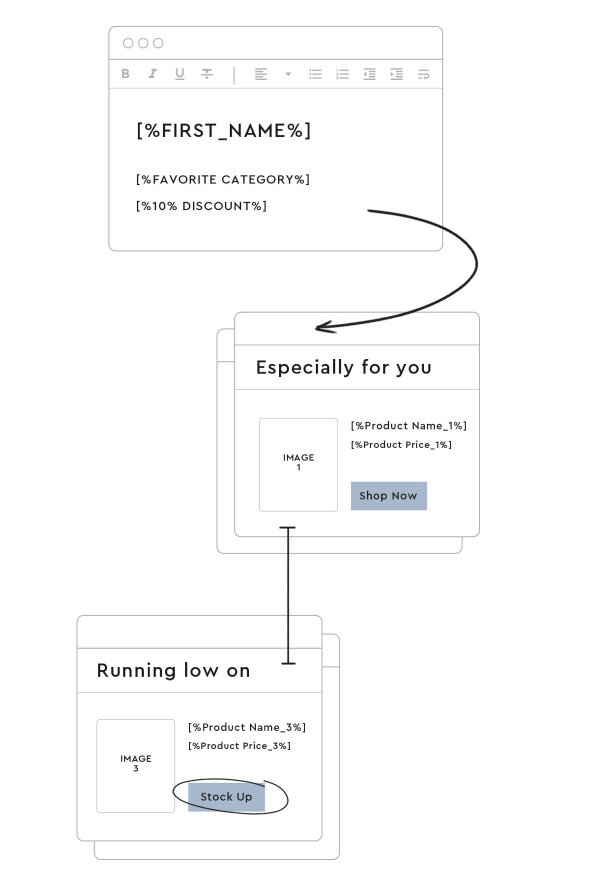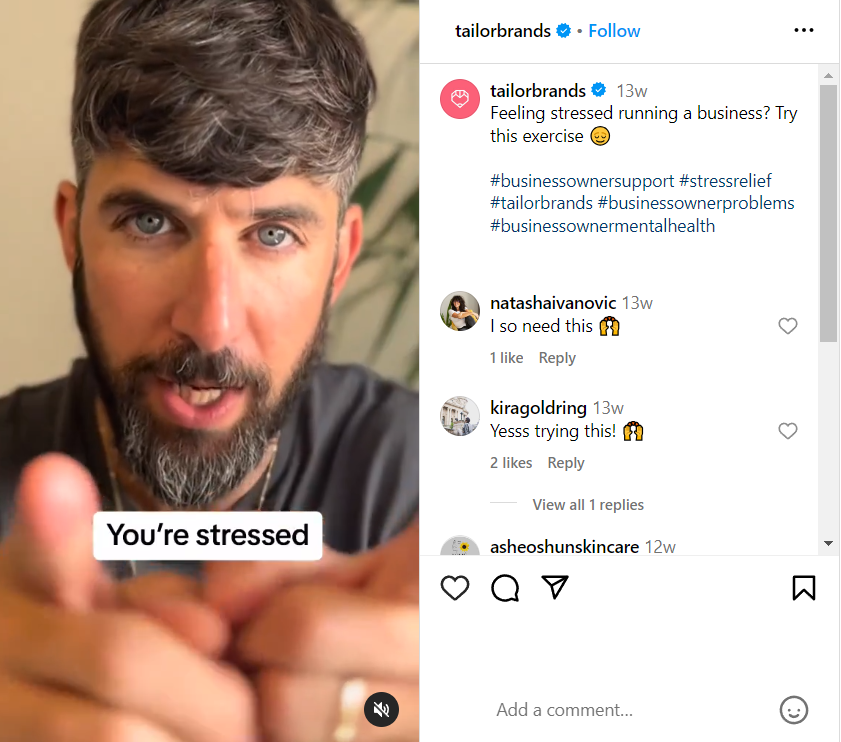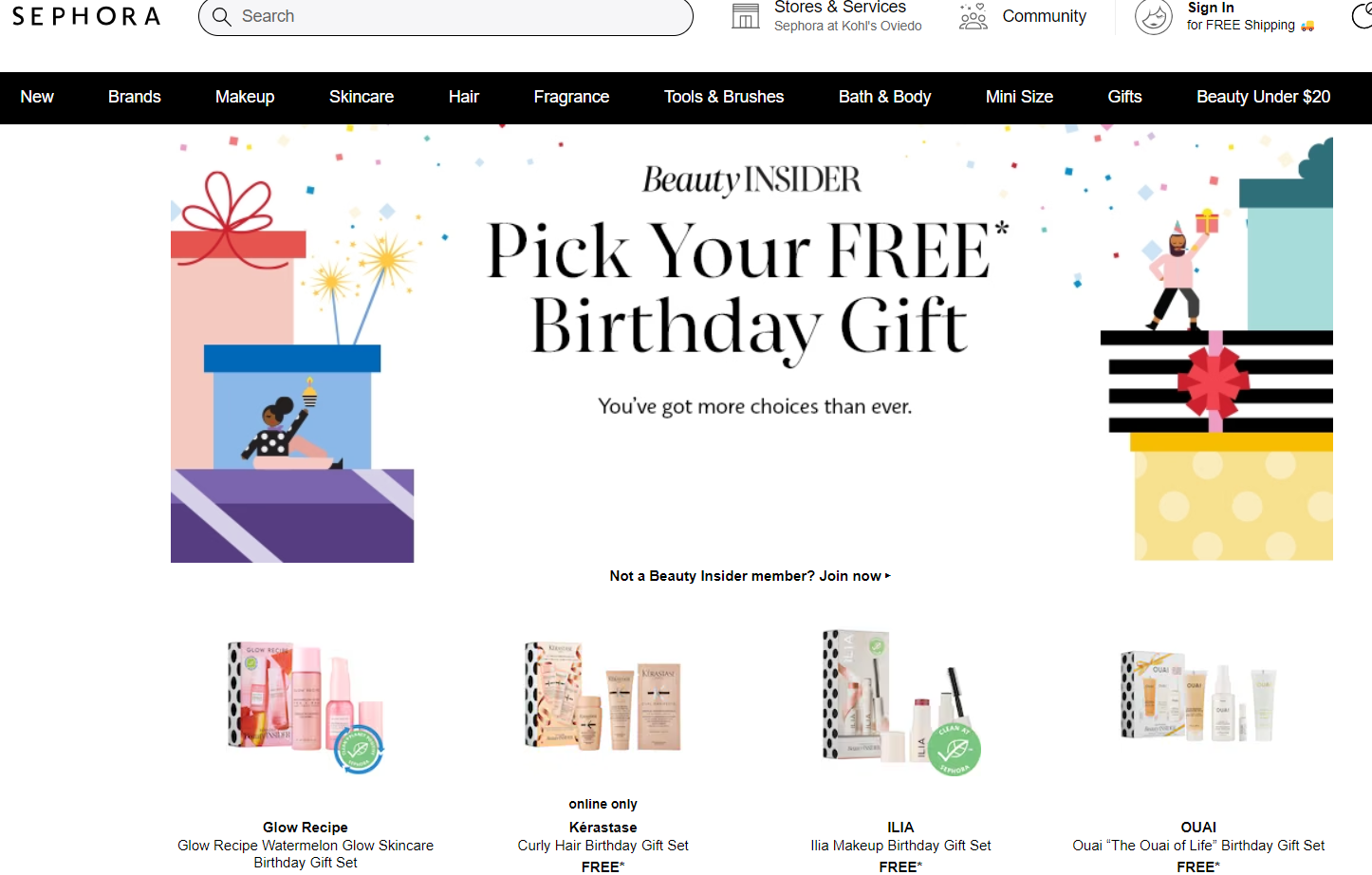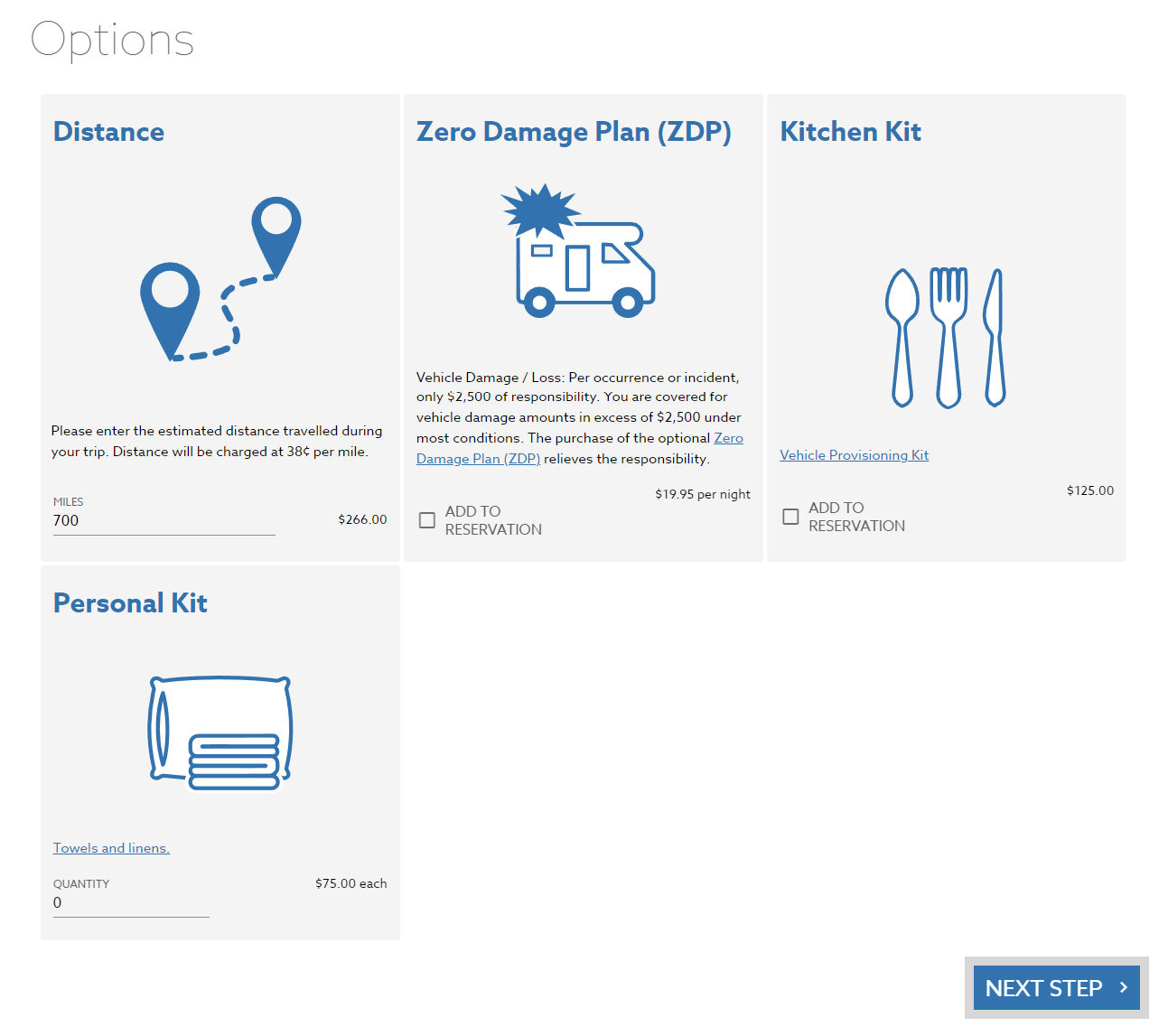In business, customer loyalty is the backbone of profitability.
That’s why every business owner should strive to create a group of returning loyal customers.
The key to gaining customer loyalty?
Customers need to feel an emotional connection to your products and business as a whole.
Even when the chips are down, loyal customers keep coming back. They’re often the deciding factor that keeps a company’s head above water in leaner times.
But how exactly do you turn potential customers or first-time customers into loyal customers?
It all comes down to creating a customer loyalty strategy rooted in behavioral psychology.
In this article, I’ll teach you how to create a customer loyalty strategy in eight simple steps. By the end, you’ll be able to improve customer engagement rates while creating that oh-so-important loyal customer base.
Understanding the importance of customer loyalty
Before we get into how you can improve customer retention rates through a customer loyalty program, let’s first discuss the benefits of cultivating loyalty.
For starters, a happy customer is likely to become a recurring customer. Recurring customers are effective because you don’t have to work as hard to sell them products. But loyal customers are even more powerful and can greatly impact your profitability.
According to a recent study, increasing customer loyalty by just five percent can improve customer lifetime value. Specifically, it can boost the average profit per customer by 20 to 100 percent.
Moreover, loyal customers will do more than just return time and again. According to recent studies reported in January 2023 by Emarsys, they spend 31 percent more on average than new customers.
Loyal customers are also much harder to lose. Emarsys reported in 2023 that 46 percent of loyal customers will likely continue purchasing from you even after a negative experience.
1. The power of habit
Customer habits are the building blocks of customer loyalty. By incorporating your business into customers’ daily buying habits, you can generate loyalty and retention at scale.
Take Amazon as a prime example of this concept at work (no pun intended).
It’s become a habit for millions of people to fire up Amazon when they realize they need something. You decide you want something — and your first knee-jerk reaction becomes Amazon. A moment later, you’re pulling out your phone and clicking “Buy it now.”

The customer’s mind just goes to Amazon without considering other options because it’s a habit.
But cultivating loyalty and creating habitual buying practices within your target audience requires more than just understanding human behavior.
You’ll also need to employ modern tools.
AI marketing tools, for instance, can help you analyze customer behavior on a granular level, predicting future buying patterns and tailoring offers accordingly. These tools harness the power of data to understand individual preferences, guaranteeing that marketing efforts aren’t just broad strokes. They’re personally resonant.

This personalized approach amplifies the principles of reciprocity and consistency, reinforcing the bond between brand and customer. More on these principles in a bit.
By using the power of AI to predict trends, you can accurately gauge the future direction of your industry. You’ll ultimately position your business to become a convenient option for buyers.
Pretty soon, you’ll find that buying from you has become a habit for a percentage of your audience.
2. The role of emotion
Never underestimate the role that emotional connection plays in establishing customer loyalty.
In fact, it’s vital to create positive emotional experiences for customers. These emotions (and the dopamine that comes with them) become synonymous with your business and products.
For instance, poor customer service or frustrating technology can cause negative emotions and customer churn. But a smooth customer experience can give customers warm, tingly feelings when they think about your company.
A great example here would be the Disney theme parks.
Families create magical memories in these iconic locations. These memories connect to Disney’s legendary customer service efforts, pristine properties, and world-class amenities.
The Disney logo then becomes synonymous with these memories and the emotions attached to them.
That’s an instant recipe for loyalty and success.
In today’s modern marketing world, one of the best strategies for building customer loyalty through emotional connection is by using branded video content. Branded videos showcase your brand’s purpose and story with transparency and honesty. This helps create a deeper, more emotional connection, making your brand more human and relatable.
By being transparent with your audience, you start to build trust. That’s the first step to building loyalty. As a matter of fact, “84 percent of people declare that they have been convinced to make a purchase as a result of video marketing efforts.”
Once you’ve established trust, you’ll have gained new customers that need nurturing. To do this, you’ll create more video content specifically for support, such as tutorials and webinars. You can also connect with other creators or influencers to generate branded mentions and start building a community. This will ultimately build loyalty.
One of the most famous examples of this concept comes from Disney World’s “Remember the Magic” campaign in the late 90s, celebrating the park’s 25th anniversary.
The video above plays perfectly on customer emotion — pulling up powerful memories and connecting them to the Disney brand.
3. The power of community
By forming a community of like-minded peers around your brand, you’re creating customer loyalty. This tactic plays on the concept of social identity as a means of fostering brand loyalty.
The social identity theory states that when people feel like part of a social group, they’re more likely to stay loyal to that group.
When that group is a community built around a brand, whether that be a podcast, a vacation destination, or a store, then supporting it becomes important for customers.
Social media has made creating communities around brands so much easier than ever before.
Creating a social identity typically involves building a relationship with customers through various means, including social media engagement, content marketing, customer service, and community building. These efforts aim to foster a sense of community and connection with customers, making them feel like they’re a part of something more significant than just a transaction.
Tailor Brands does a great job of fostering a sense of community. It does this by making content tailored to entrepreneurs and people aspiring to start a new business. It shares tips and tricks for business owners and fosters nurturing conversations that help its audience thrive.

In the image above, you can see customers acting as part of an online community. They’re engaging with both the brand and one another around one of Tailor Brands’ social media posts.
4. The principle of reciprocity
The concept of reciprocity is when someone receives something, they in turn reciprocate and give something back to the source.
For businesses, this can be as simple as providing a service or gift to your customers. They’d then hopefully reciprocate with loyalty, increased customer satisfaction, and future purchases.
The cosmetics company Sephora is famous for building loyalty through reciprocity. It gives customers a free product on their birthdays, which brings them into physical retail locations.

According to the principle of reciprocity, the customer will receive their free birthday gift and then continue shopping at Sephora all year long.
5. Social proof and influence
Social proof can have a huge impact on customer loyalty.
By seeing peers with the same pain points using and benefiting from your products, customers can picture those same benefits for themselves. This strategy can produce loyal customers who purchase from you based on your brand’s customer satisfaction levels.
In customer loyalty, the influence of social dynamics can’t be underestimated. Human beings are naturally inclined to follow the lead of others, often seeking reassurance and validation in their choices.
A powerful strategy for harnessing this aspect of human behavior is showcasing customer reviews, testimonials, and user-generated content.
By putting the positive experiences of existing customers front and center, businesses have discovered a potent method to build trust and inspire new customers to join the loyalty fold.
Take, for instance, StudioSuits, a brand renowned for its custom suits and pants. It proudly features a dedicated section on its website, boasting an impressive collection of over 8,000 reviews from satisfied customers.

This treasure trove of firsthand accounts allows prospective buyers to scroll through collections of authentic experiences. They can then make informed choices while solidifying their trust in the brand’s quality and reliability. Just make sure you’re living up to the lofty customer expectations these reviews generate to ultimately secure loyalty.
6. The power of personalization
As technology has continued to advance, marketers have learned that customers expect personalization at every touch point. By hyper-personalizing audience communication and recommendations, you can generate loyalty through convenience.
In other words, if you can make a customer’s life easier, it’s more likely they’ll become loyal over time.
Take the company Cruise America as an example. It uses guided selling forms that customers fill out to find tailored RVs and add-ons for their specific needs.


As a leader in RV rentals in Phoenix, Cruise America embodies customization and pricing transparency to create genuine customer experiences. Its approach not only brings back repeat customers but also converts many into devoted brand enthusiasts. By understanding what travelers value, and giving them what they want, it’s set a standard for loyalty in its industry.
7. Building trust and credibility
Consistency and transparency are also key to building credibility and trust with your audience.
To foster this, include your company’s credentials, awards, experience, and accolades on your website and relevant landing pages.
For instance, The Aurit Center, a mediation law firm, has a section featuring its professional divorce mediators — and the credentials that back them up. Take a look at the image below to see their highlighted accomplishments, such as their experience, expertise, and awards. These are also called “trust elements”.

By impressing potential customers with trust elements like the Aurit Center Does, you can start the process of generating loyalty — right off the bat.But once they sign on, you’ll have to prove that their loyalty isn’t misplaced.
8. Rewards and incentives
Another effective way to generate loyalty is to implement a rewards program or incentivized referral program for customers.
By allowing customers to accumulate points they can exchange for discounts or free products, you can encourage customer retention.
McDonald’s has an effective referral program through its app. Customers can generate points with each purchase that they can exchange for menu items. This might be something as simple as a cheeseburger or a vanilla cone. Customers can also use saved points toward larger items like a Big Mac.

With a referral program like McDonald’s, customers will naturally want to bring you new loyal customers in exchange for a benefit.
In other words, you’re deputizing customers for marketing outreach. Once you’ve created enough loyalty, customers will bring you referrals without any incentive.



